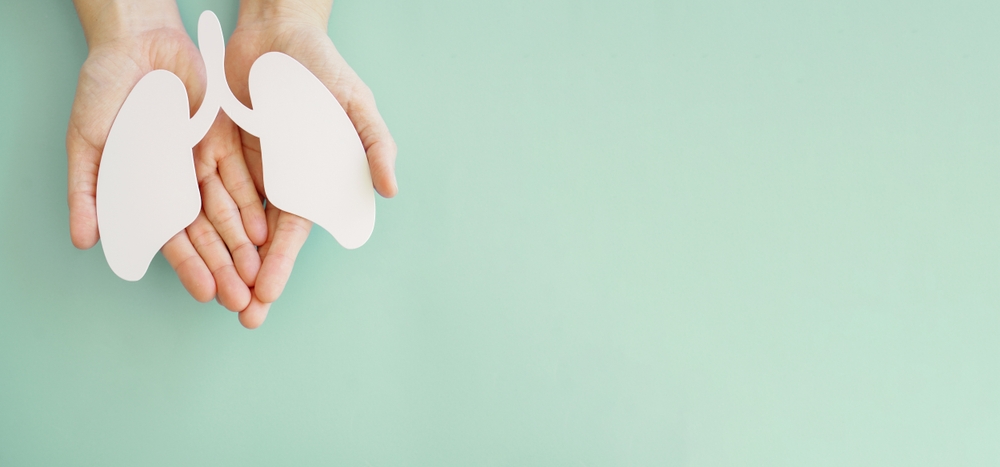COPD makes breathing difficult, but the right treatments can help manage symptoms and improve daily life. Medications, pulmonary rehabilitation, and lifestyle changes, such as quitting smoking, are key to enhancing lung function and preventing flare-ups, allowing for greater comfort.
Medications and Inhalers for COPD Management
Medications and inhalers are central to managing COPD symptoms and improving lung function.1 Bronchodilators are commonly prescribed, as they help relax the muscles around the airways, making breathing easier. These medications come in both short-acting forms for quick relief and long-acting forms for daily maintenance.
Inhaled corticosteroids may also be used to reduce inflammation in the airways, which can help prevent flare-ups. Combination inhalers, which include both bronchodilators and steroids, are often recommended for more advanced stages of COPD.
In addition to inhalers, some patients may require oral medications such as phosphodiesterase-4 inhibitors or antibiotics to manage exacerbations. By adhering to a personalized medication plan, many COPD patients can experience improved lung function and fewer respiratory episodes, ultimately enhancing their quality of life. It’s important to work with your doctor to find the right medication for you.
Pulmonary Rehabilitation and Exercise Programs
Pulmonary rehabilitation is a comprehensive program that plays a crucial role in COPD treatment. This specialized therapy combines education, exercise, and breathing techniques to help patients improve their lung function and manage symptoms more effectively.2 Pulmonary rehab programs are typically tailored to each individual, focusing on exercises that strengthen the respiratory muscles and improve cardiovascular health.
Through guided physical activities like walking or cycling, patients can build endurance, making daily activities less strenuous. Education on proper breathing techniques, such as pursed-lip breathing, also helps patients manage shortness of breath during physical exertion. Participation in pulmonary rehabilitation has been shown to reduce COPD-related hospitalizations and improve overall well-being. By incorporating regular exercise and rehab into their routine, COPD patients can better manage their symptoms and regain some of their independence.
Lifestyle Changes and Oxygen Therapy
Lifestyle changes are an essential part of managing COPD and improving long-term health outcomes. For smokers, quitting is the single most important step in slowing the progression of the disease. Smoking cessation programs, including nicotine replacement therapy and counseling, are highly recommended. Beyond quitting smoking, maintaining a healthy diet and weight can help reduce strain on the lungs and support overall health.3
For patients with advanced COPD or low oxygen levels, supplemental oxygen therapy may be prescribed. Oxygen therapy helps improve oxygen saturation in the blood, reducing shortness of breath and fatigue. Depending on the severity of the condition, oxygen therapy can be used intermittently or continuously, providing significant relief during daily activities and improving sleep quality. By making these critical lifestyle changes, patients can enhance their quality of life and manage COPD more effectively.
Learn More About COPD Treatment Options
Effective COPD treatment options can greatly improve quality of life by managing symptoms and slowing disease progression. From medications and inhalers to pulmonary rehabilitation and oxygen therapy, personalized plans help patients breathe easier. Lifestyle changes, like quitting smoking, are essential to maintaining lung function and reducing flare-ups. Understanding these treatments empowers patients to take control of their condition and live more comfortably. For more information, consult healthcare professionals or explore resources that offer detailed insights into the most effective COPD treatment options tailored to individual needs.
